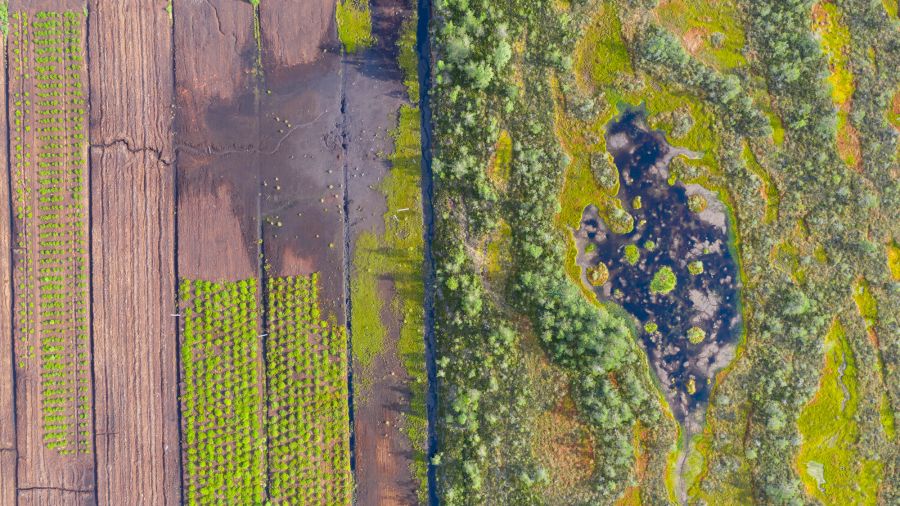Page content
The primary objective of any landscaping should be to create a pleasant, aesthetic environment for staff, students and visitors to enjoy.
The maintenance of the University’s amenity gardens, lawns and sports facilities aim to achieve this.
The University’s grounds are also maintained to promote biodiversity and minimise environmental impact, with the following practices in operation where feasible to do so.
- Shrub beds are typically hand weeded to minimise chemical use.
- Shrub beds are mulched to control weeds.
- No chemicals are routinely applied to control weeds on sports pitches.
- Dead trees are left standing, and fallen trunks left lying on the ground.
- Significant areas of the University’s campus, mostly on the Coleraine and Jordanstown campuses, are left wild to enhance habitat provision.
- Where trees need to be felled, they are chipped on site with the wood chip retained for use on campus as mulch in shrub beds.
Coleraine campus
The University’s Coleraine campus is set within 312 acres of landscaped and mature parkland containing tranquil gardens, a daffodil garden and the Millennium Arboretum. It is estimated that approximately 19% of the campus is composed of woodland.
The site prior to construction of the University was essentially open farmland. The resultant changes to the site have therefore improved its biodiversity considerably.
A survey completed circa 2000 estimated that there were in the region of 90,000 trees on campus.
As well as the substantial tree planting that has taken place over the years, there have also been corresponding developments in hard landscaping, shrubs and herbaceous and bulb planting.
Throughout the campus there are several specialist garden areas that are open to the public.
The Millennium Arboretum is spread over six sites on the campus, comprising of over 100 tree varieties. It was created over a four year period, between 1998 and 2002 and at the time it was the only one of its kind in the United Kingdom and Ireland.
















